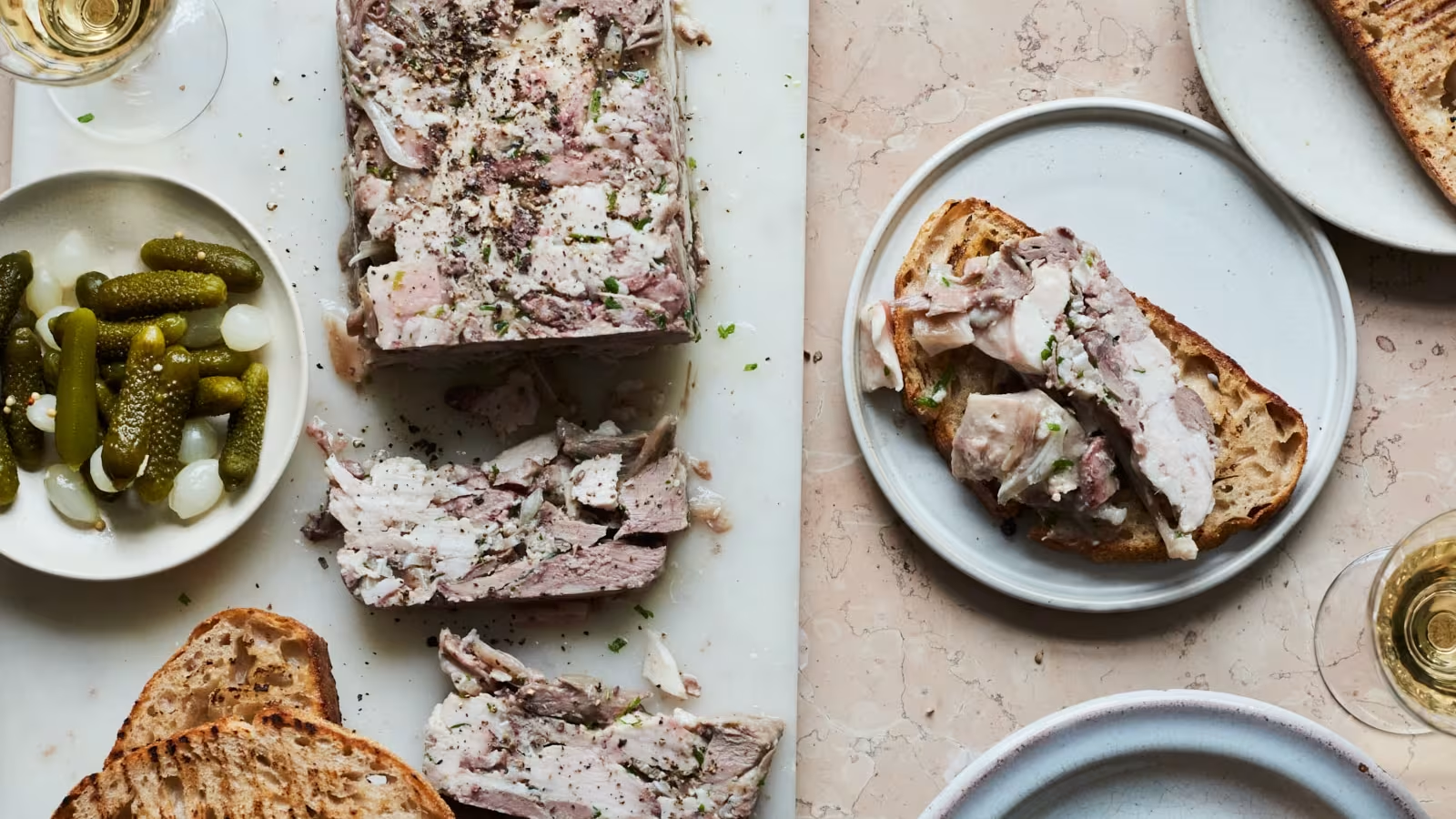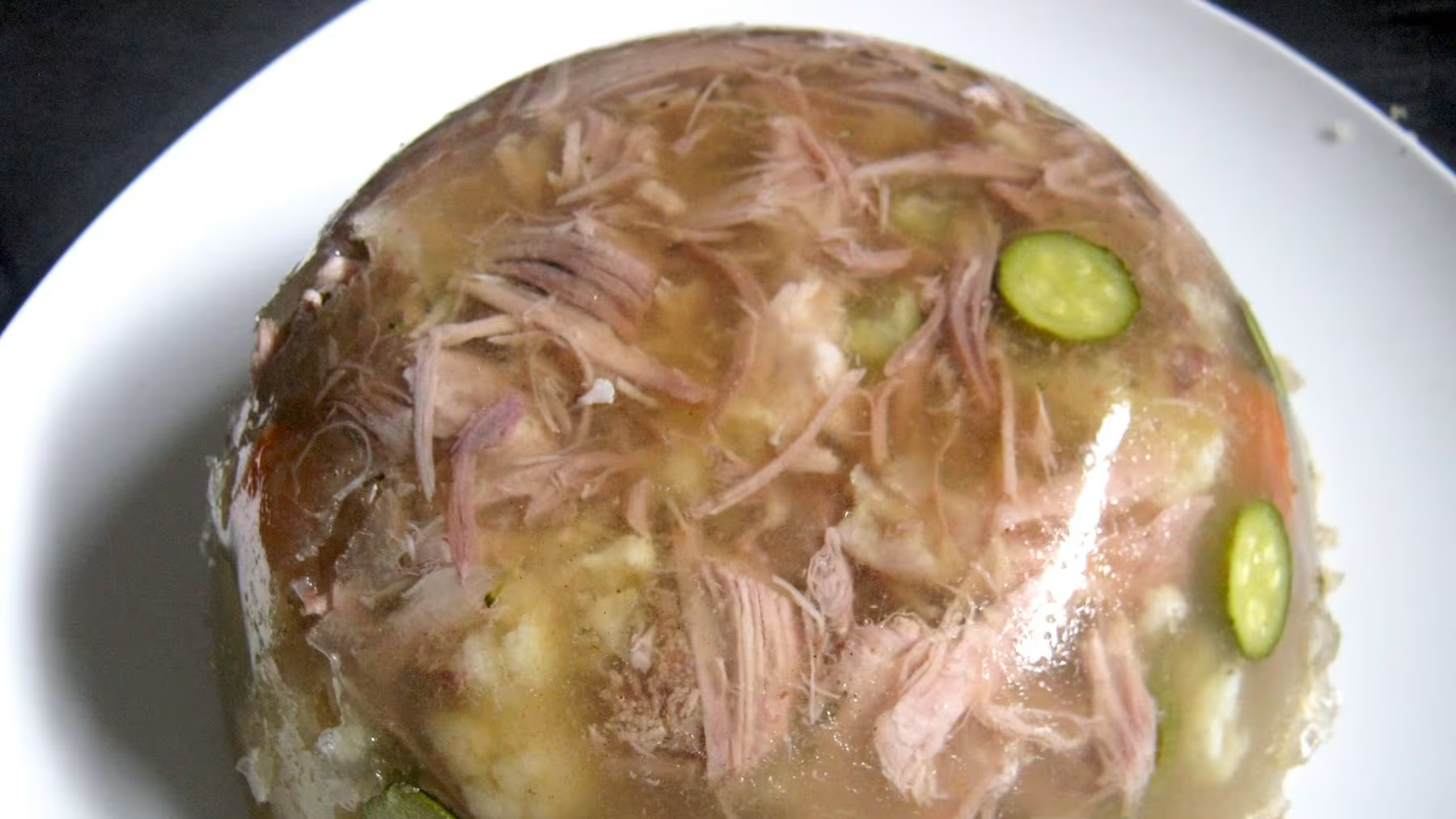
Deliciously Savory Brawn Recipe: A Traditional Delicacy You Can Make at Home
Written by Jessica Lopez
Published at 25-09-2024
Edited on 02/07/2025 | 09:13 AM
Meat-Based RecipesCourse: Main Course
Cuisine: British
Difficulty: Moderate
Servings
6-8 servings
Prep Time
30 minutes
Cooking Time
4 hours
Total Time
4 hours 30 minutes
Fat
22g
Protein
20g
Carbs
2g
Calories
300 kcal
If you’re looking to explore unique and hearty dishes, look no further than this brawn recipe. Often overlooked in modern cooking, brawn is a traditional dish that combines flavor and texture in a way that is truly unforgettable. Made from the meat and gelatin of the head of a pig, brawn is not only a culinary adventure but also a sustainable way to use every part of the animal.
This dish has roots in various cultures and has been enjoyed for centuries, making it a true testament to rustic cooking. In this recipe, we will guide you step-by-step on how to create your very own homemade brawn. Don’t let the idea of using pig’s head intimidate you! With the right ingredients and a little patience, you can craft a stunning centerpiece for your next gathering or cozy family dinner.
Plus, brawn is perfect for slicing and serving on charcuterie boards or as a delicious sandwich filling. What’s more, making brawn from scratch allows you to control the seasonings and flavors, ensuring a personalized touch that store-bought options simply can’t match. Get ready to impress your friends and family with this delectable dish that speaks to your culinary prowess.
So roll up your sleeves, gather your ingredients, and let’s dive into the world of traditional brawn! You won’t regret taking this flavorful plunge into the past!.


